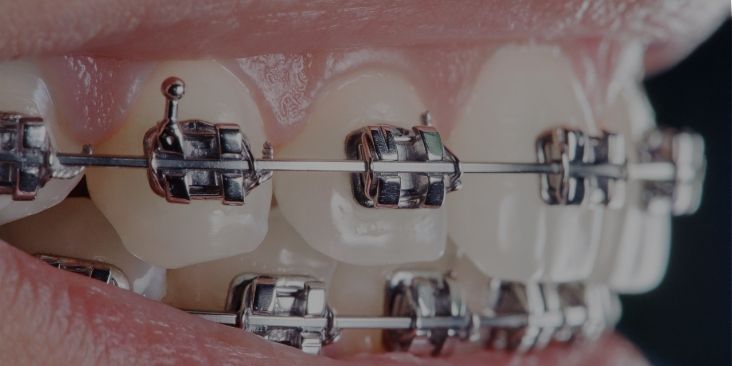A Child’s First Orthodontist Visit
 When Should a Child First See an Orthodontist?
When Should a Child First See an Orthodontist?
Orthodontics can play a huge role in young children’s appearance and health. In fact, the American Association of Orthodontics recommends that an orthodontist examine a child’s teeth by the time they are seven years old—even while baby teeth are still in the mouth. Dental Associates’ pediatric dentists are trained to identify bite issues at an early age and will refer your child to one of our orthodontists at the appropriate time.
While your child’s teeth may look straight, there may be underlying issues with the way adult teeth will erupt, a misaligned bite, the relationship of the upper and lower jaw, tooth crowding, or problems due to thumb sucking and other habits. Orthodontists can pinpoint these and start correcting them to avoid potential problems for future adult teeth. By age seven, enough permanent teeth have emerged for your orthodontist to evaluate relationships developing between teeth, jaw, and bite to make sure all will continue to develop properly.
Whether or not our orthodontist determines your child needs braces, you’ll have peace of mind knowing what’s required down the road to keep your child’s mouth as healthy as possible.
Watch this short video to learn when is a good time for braces:
Orthodontic Exam by Age 7
The transition from baby teeth (primary teeth) to permanent (secondary) teeth is extremely important. Baby teeth set the foundation for permanent teeth and their proper positions, which is why it’s important to have a Dental Associates orthodontist examine your child’s mouth while they still have baby teeth. Your child’s teeth may look straight, but there may be underlying bite problems.
Some of your child’s behaviors may indicate the need for an orthodontic examination. It’s best to discuss your concerns with your pediatric dentist who will refer you to one of their orthodontic partners.
Consult with our pediatric dentist if your child experiences one or more of the following:
- Loses baby teeth early or late
- Has difficulty chewing or biting
- Breathes through their mouth
- Sucks their thumb
- Has crowded, misplaced, or blocked-out teeth
- Has a jaw that shifts or makes sounds
- Has difficulty speaking
- Bites their cheek or the roof of their mouth
- Has teeth that meet abnormally, or don’t meet at all
- Has a facial imbalance
- Grinds or clenches their teeth
- Has jaws that appear too far forward or too far back
Request an Orthodontic Consultation
Click the banner below to request your child's first orthodontist visit!
How to Pay for Braces
We have several options that help you reduce the cost of braces. For example, in addition to dental insurance, did you know you can pay for braces with your Health Savings Account (HSA) or Flexible Spending Account (FSA)? Read How to Pay for Braces to learn how we can help you!



